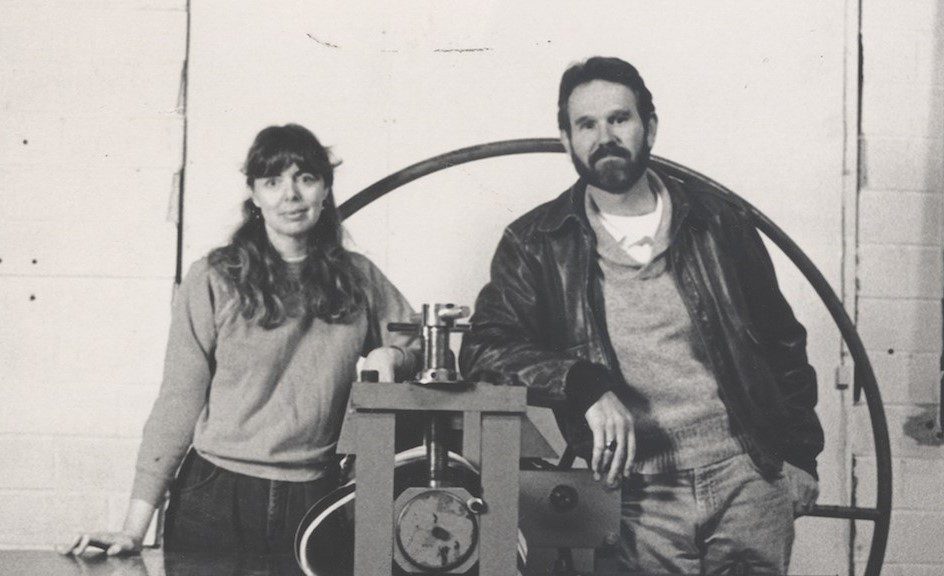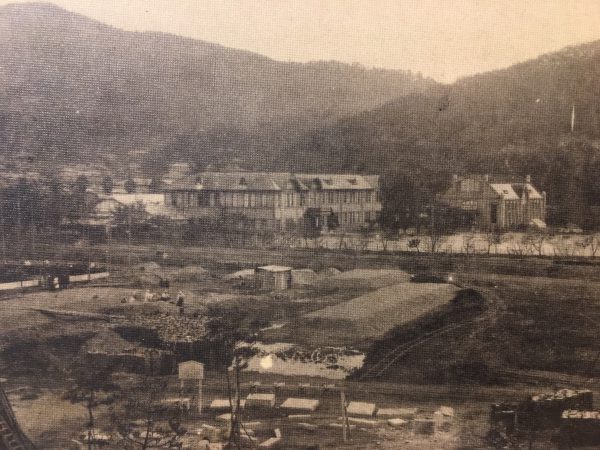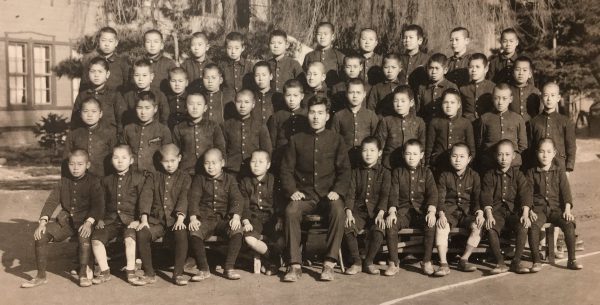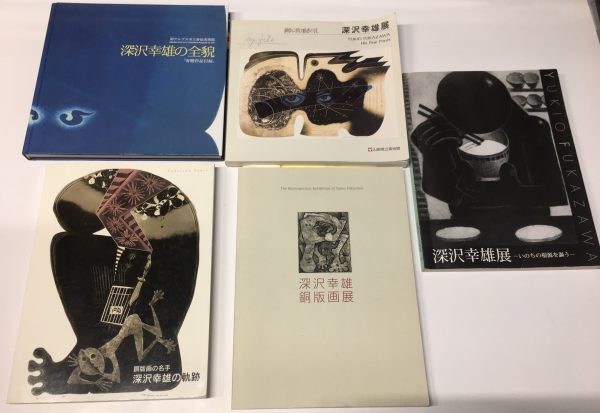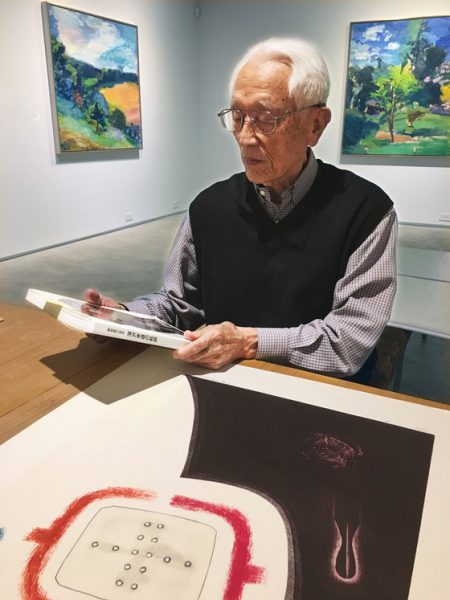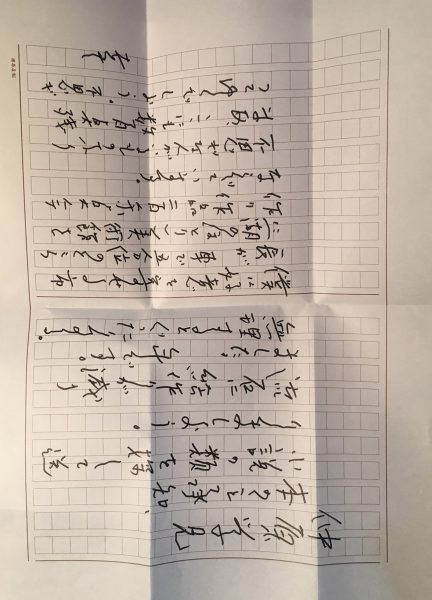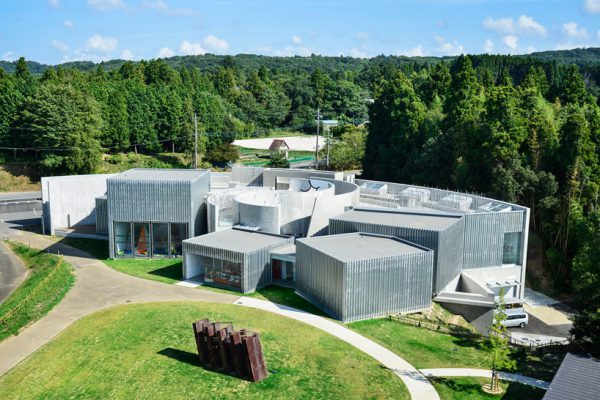It would be accurate to say that Austin-based Flatbed Center for Contemporary Printmaking is one of Texas’ most respected Fine Art Institutions. Its antecedent, Flatbed Press was founded in 1989 when artist/educators Katherine Brimberry and Mark Lesly Smith partnered to open a Fine Art Press in a small warehouse on West 3rd Street, just west of downtown. Following the model of the famed Dallas-based Peregrine Press, their dream was to make the printmaking arts available to emerging artists, especially those who lived/worked in Texas.

Katherine and Mark equipped their space with everything they needed to produce prints in the traditional relief, planographic, and intaglio techniques and provided a gallery space for exhibitions of prints. Since both had full-time teaching positions, they spent most of their spare time teaching interested artists the art of printmaking, and then editioned the works they produced. They also pursued publishing projects, did contract printing for those artists who were experienced, and allowed artists to rent the presses when available. They quickly became known for their collaborative skills and were sought out by those artists who seriously wanted to see how their vision would translate into the medium.
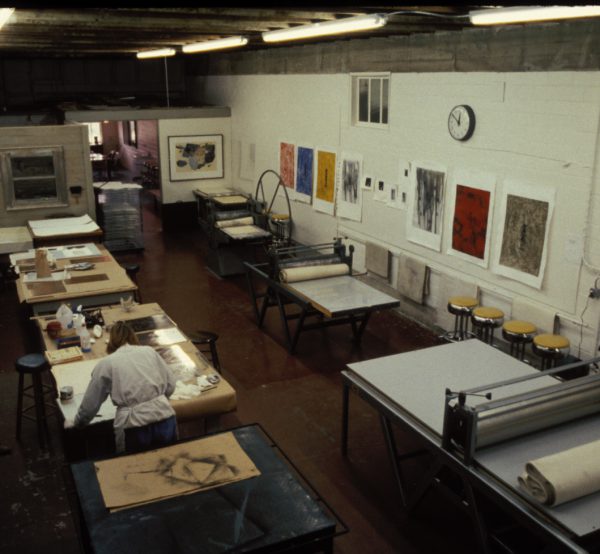
We need More Space: First Move

They realized that their West 3rd Street space did not allow for growth, so in 1999, they moved their operation to an 18,000+ square foot warehouse in East Austin on Martin Luther King Blvd. To commit fully to the project, both Katherine and Mark gave up their teaching positions to run Flatbed full time. They wanted to make their new home more than a press and gallery, so they subleased the space they did not need to artists and other creatives.
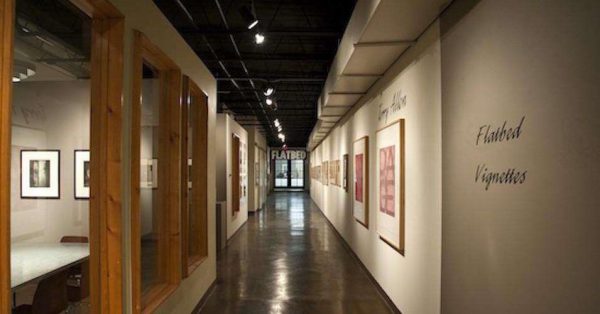

In the years that followed, Flatbed became the most highly respected press in Texas. A partial list of the Texas artist luminaries the press has either published or printed for includes: Terry Allen, Luis Jiménez, Mary McCleary, Melissa Miller, Andrea Rosenberg, John Alexander, Keith Carter, Trenton Doyle Hancock, Billy Hassell, Sharon Kopriva, Bert Long, Linda Ridgeway, Julie Speed, David Everett, and James Surls. In addition to their standing as a fine art press, their building became the epicenter of the burgeoning East Austin arts scene.

Co-founder Mark Smith left the business in 2012 to pursue his own art. However, because of his ongoing friendship with Katherine, Mark collaborated with her on an anniversary book about the press titled Flatbed Press at 25, published by the University of Texas Press in 2016.
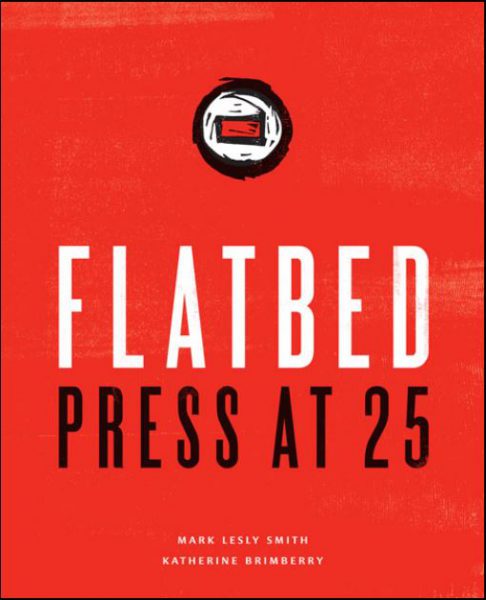
Losing their lease: Second Move
As often happens when artists move into an area, it becomes gentrified, rents soar, and either the artist is hit with lease renewals they cannot afford or the landlord decides to not renew at all so they can repurpose their buildings. In this case, in 2019, Flatbed fell victim to the latter scenario.
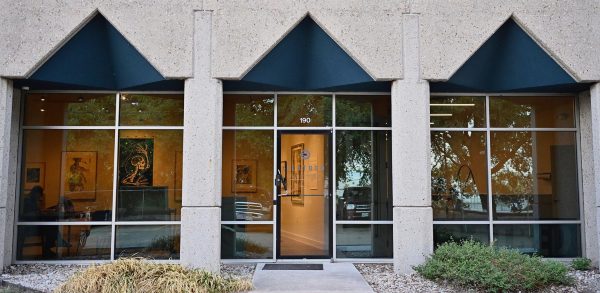
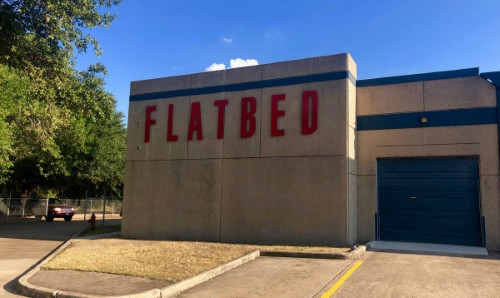
At this point, most people who had reached a normal retirement age and were faced with losing their lease would have closed their business. But instead, Katherine decided that what she had built was more important and needed to continue. She moved the Press to a new 6,000 square foot space, renamed it Flatbed Center for Contemporary Printmaking.

In addition to what they have always been doing, Katherine made the business more community oriented with print making classes and 24-hour membership access. She also designed a new gallery into the space, so Flatbed is able to host both traditional and experimental print-based exhibitions.
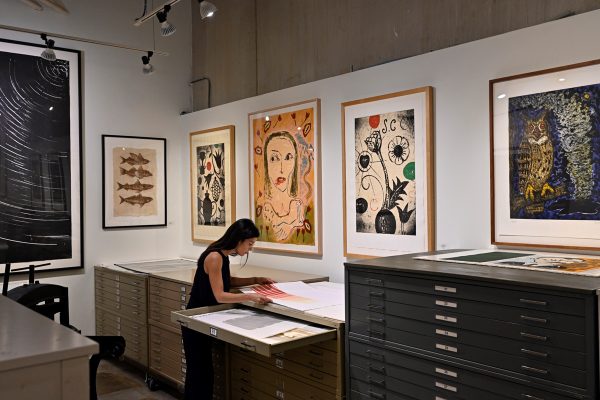
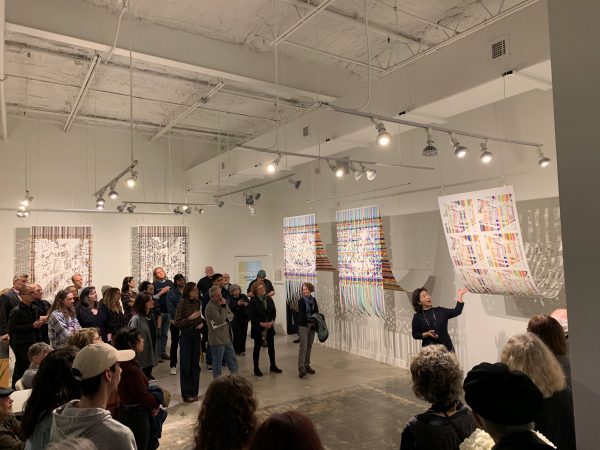
Katherine the Great:

What has made Flatbed such a successful institution are the people who have managed it. In Katherine’s case, because of her teaching background, calm demeanor, and depth of knowledge, she excels at collaborating with artists. After working together on a project, artist Betty Ward called her an extreme facilitator, then added, Working with Kathy was almost like, working with yourself.
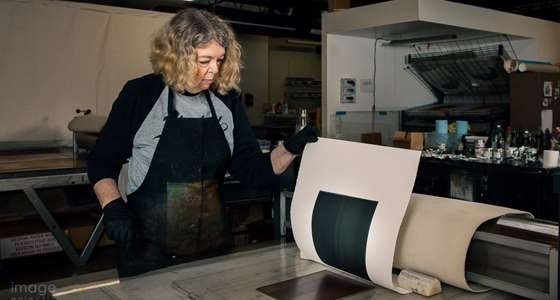
Regarding her role, Katherine says, The main objective of a publishing press is to help artists who may not be familiar with printmaking. Our role is to help them create work in the fine art print medium by being technical collaborators. All the mark-making and decision-making is their own, with our technical assistance. There is a long tradition of this type of collaboration in the printmaking world. If the artist approves and the type of technique allows it, we are able to create small editions of hand-printed multiples.
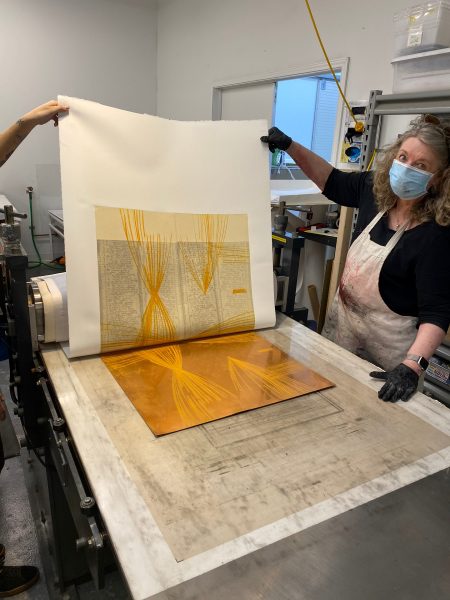
The prints she helps publish vary in style, technique, subject, and size, but are all the unique creations of the artists by their own hands. Some of the techniques derive from the 17th century, and some involve the latest digital resources. The artist’s experience in the shop is often an experimental blend of old and new printmaking processes. Each project is artist-driven; the shop’s motto is- What would happen if . . .?
Prints from the Flatbed Collection:
FAE is pleased to be collaborating with Flatbed and now has prints available from the Flatbed Press collection. Check back regularly to see what new works have been posed by this Texas fine art institution.
*****
Available Flatbed Press prints on FAE.
Other Related Available Collection Blog Posts:
 The Photographic Archives Collection of Andy and Becky Reisberg
The Photographic Archives Collection of Andy and Becky Reisberg
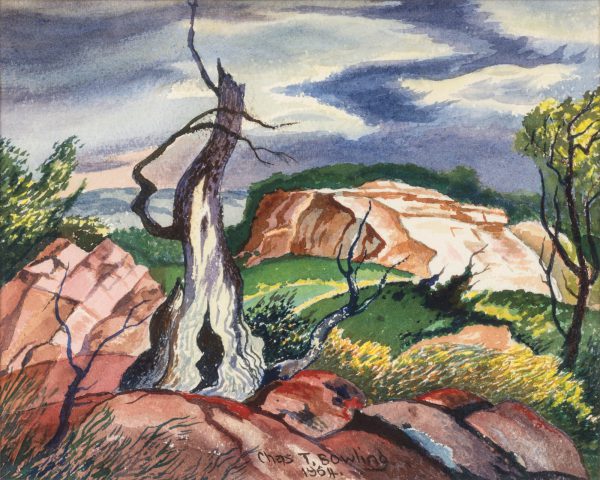 The Dorothy and Mat Garland Collection
The Dorothy and Mat Garland Collection
To see all available FAE Collector Blog Posts, jump to the Collector Blog Table of Contents.
To see all available FAE Design Blog Posts, jump to the Design Blog Table of Contents.
Sign up with FAE to receive our newsletter, and never miss a new blog post or update!
Browse fine artworks available to purchase on FAE. Follow us on Facebook, Instagram, or Twitter to stay updated about FAE and new blog posts.
For comments about this blog or suggestions for a future post, contact Kevin at [email protected].
